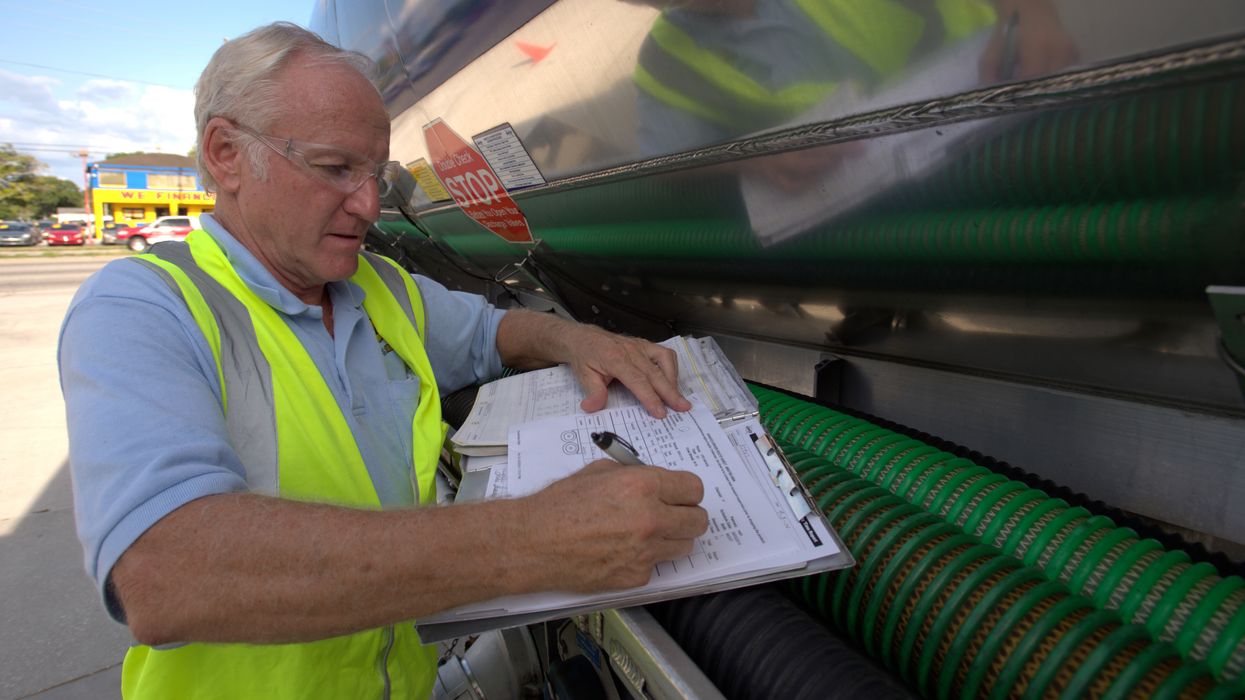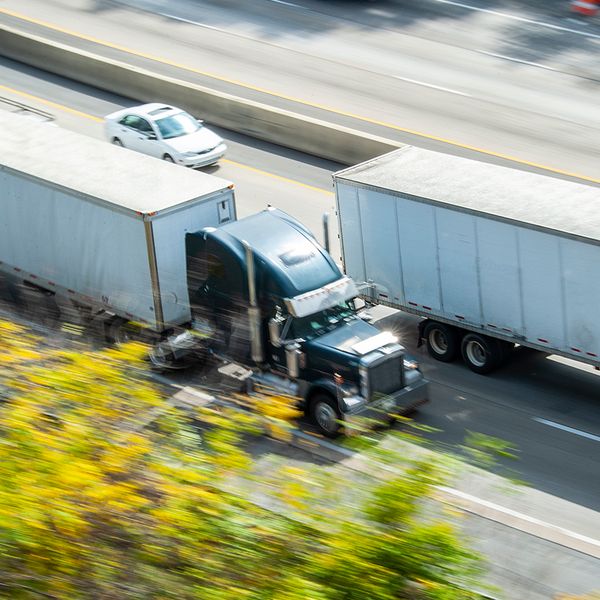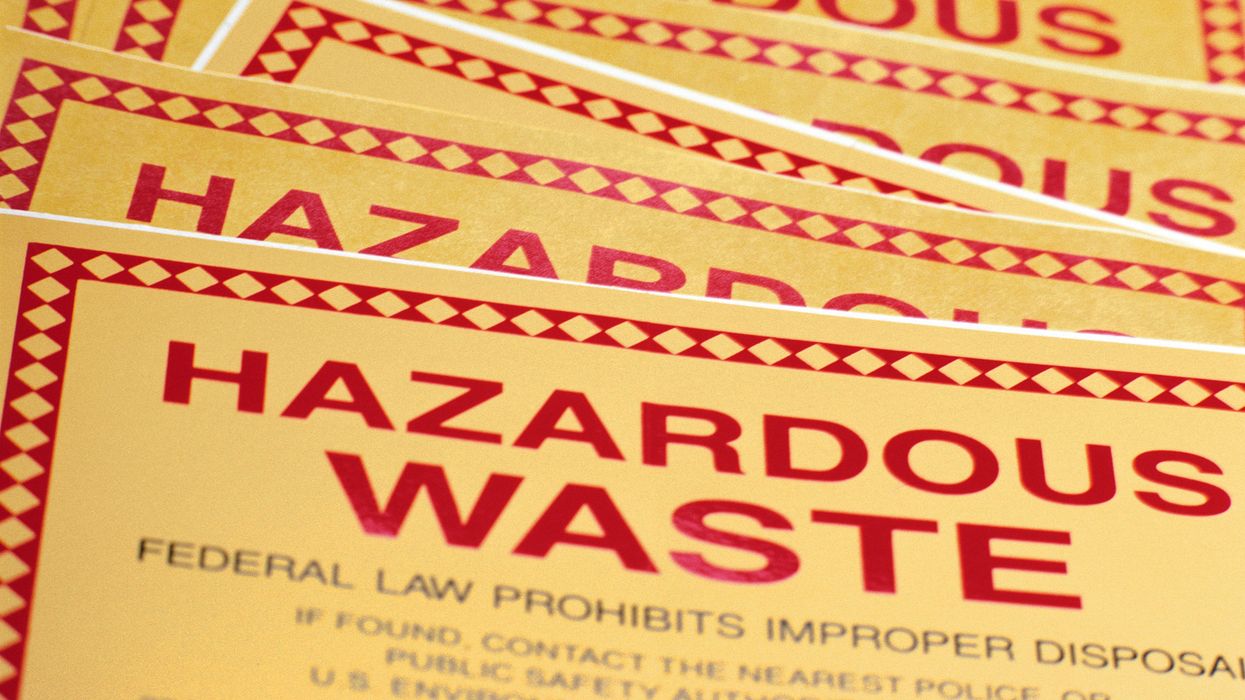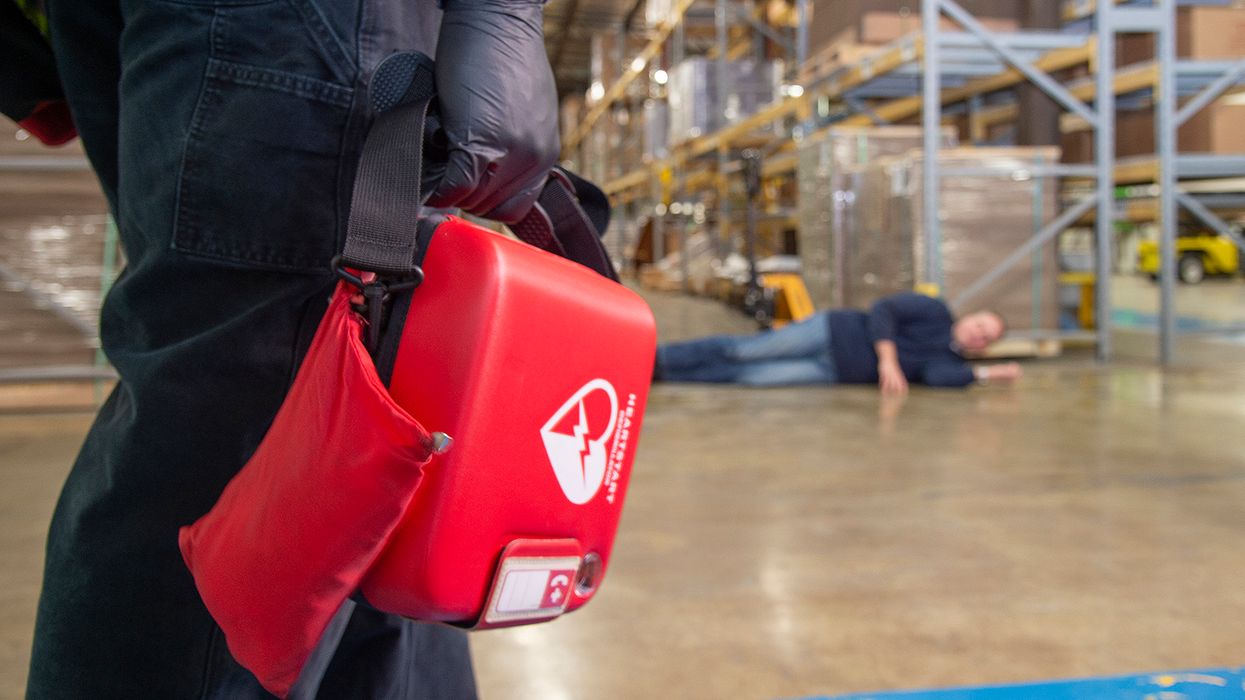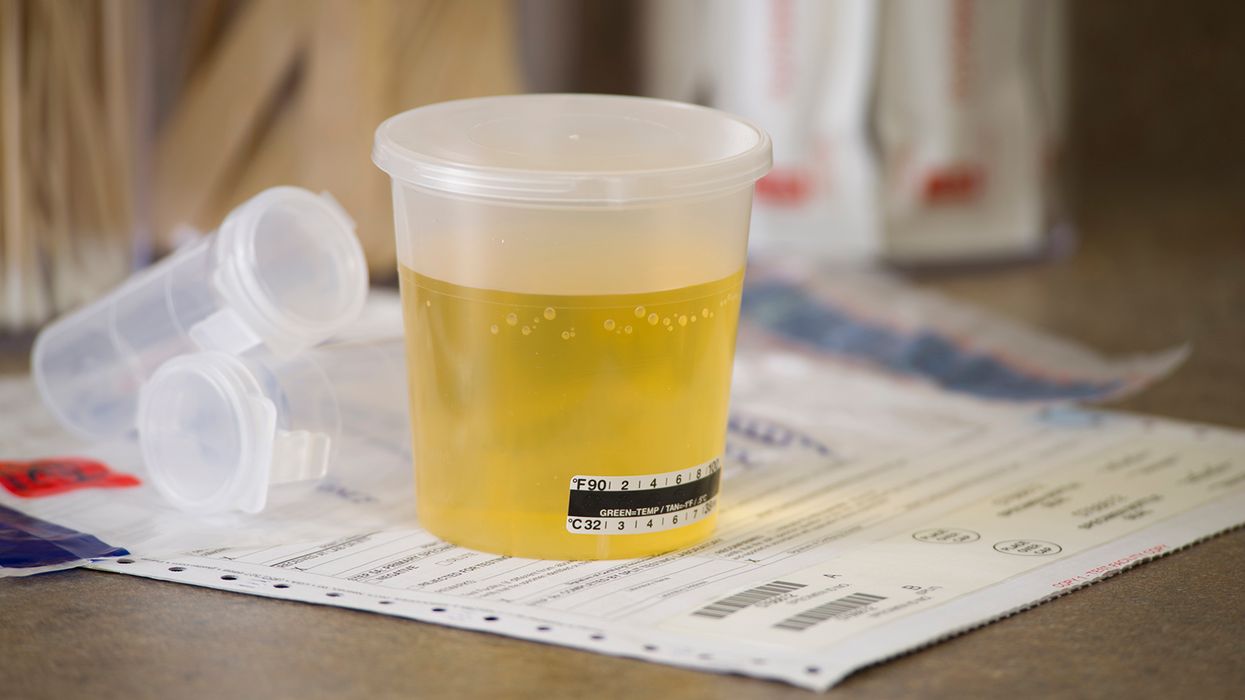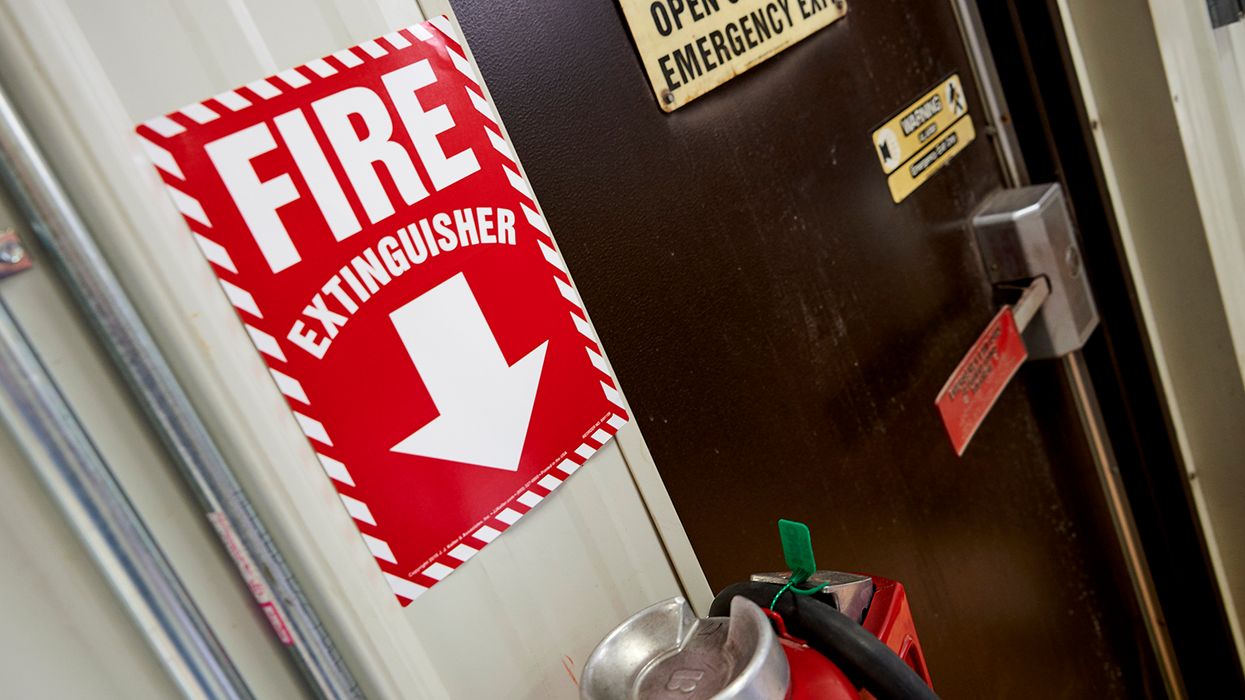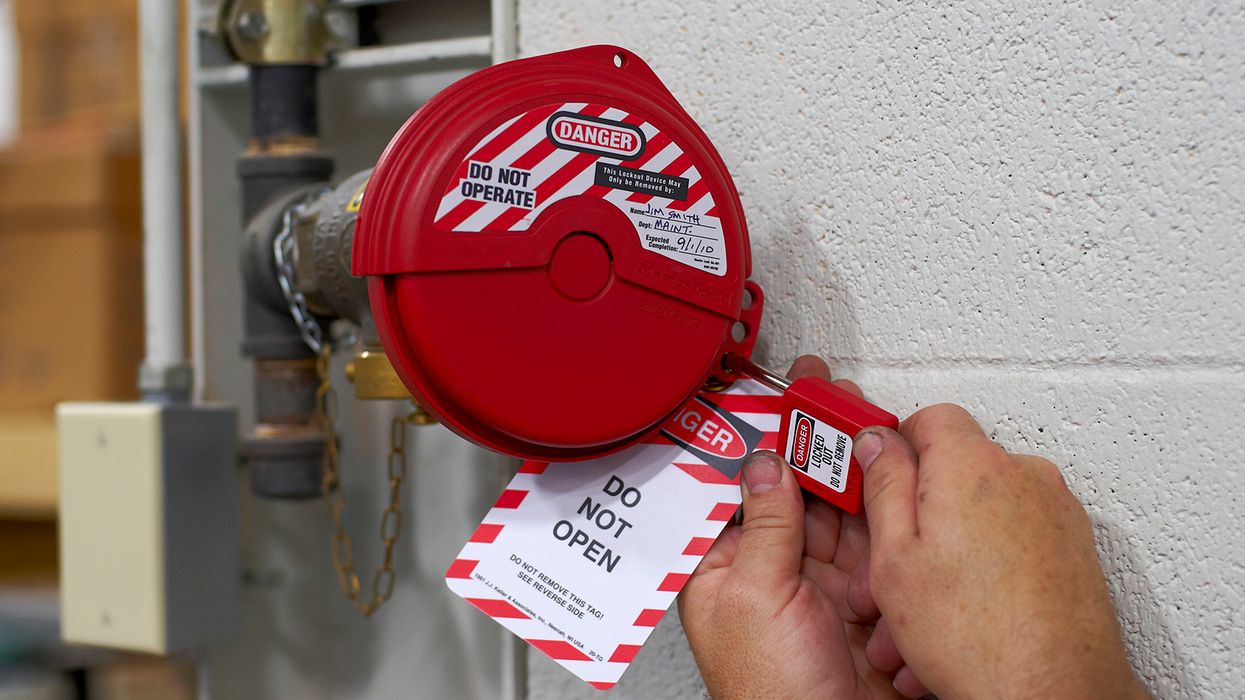May
Transportation Monthly Round Up - May 2024
Hello, the monthly round up video series will review the month’s most impactful regulatory proposals and changes, and we’ll discuss what you can do stay compliant.It’s tax season again? Get ready to pay your heavy vehicle use tax (HVUT).
The new tax year begins July 1, so be ready to file Form 2290 and pay the tax if your company has vehicles that are:
- used on the highway;
- with a taxable gross weight of 55,000 pounds or more (including trucks, tractors, and buses); and
- registered in the U.S., Canada, or Mexico.
- The empty gross weight of the vehicle, plus
- The empty weights of any attached trailers, plus
- The heaviest weight of the loads the vehicle and/or trailers will carry.
Members of the Public Service Alliance of Canada (PSAC) who work for the Canada Border Services Agency (CBSA), have voted overwhelmingly to strike as early as June.
Ninety-six percent of members voted in favor of job action during votes held from April 10 to May 23, the union announced. In 2021, job action by CBSA nearly brought commercial cross-border traffic to a halt.
Mediation sessions are set to begin June 3. The union will be in a legal strike position upon the release of a Public Interest Commission report, expected to be released before then. A strike action could come as early as June, coinciding with a busy travel season between the U.S. and Canada.
A new J. J. Keller analysis of DOT enforcement data reveals the price that motor carriers are paying for violating federal safety regulations.
For example, one of the most common violations -- false logs -- resulted in an average fine of over $7,000, while failing to keep driving records cost carriers about $750 on average.
More common violations and average fines are available in an article recently posted to Compliance Network.
That’s it for this month’s roundup. Stay safe, and thanks for watching.
HR Monthly Round Up - May 2024
In this monthly roundup video, we’ll review the most impactful HR news.Welcome, everyone! In the next few minutes, we’ll review the latest in HR news. Let’s get started.
On April 29, the U.S. Department of Labor’s Wage and Hour Division published a Field Assistance Bulletin on the workplace use of AI and other automated systems. The bulletin addresses the impact AI has on employers complying with employment laws under the Fair Labor Standards Act and the Family and Medical Leave Act.
As technology continues to develop, employers must tread carefully. They can't blame AI if a system they’re using is not compliant. Employers are still responsible for making sure laws are followed.
In state news, beginning January 1, 2025, companies with employees in New York must allow paid time off for prenatal care, such as doctor appointments. The prenatal care provision amends the state’s paid sick leave law, and is the first law of its kind in the U.S.
Under this law, New York employees may take up to 20 hours of paid prenatal leave during any 52-week calendar period. If employees separate from a company for any reason, such as resigning, employers aren’t required to pay them for any prenatal leave that goes unused.
In other state news, on April 30, the Illinois Department of Labor published final regulations implementing the Paid Leave for All Workers Act. The regulations give employers more information on how to comply with the law that’s been in effect since January 1.
Illinois employees get to decide if they want to use paid leave before using any other leave benefits provided by the employer or state. Employers may impose a 40-hour carryover cap, and there are limited situations in which employers may deny an employee's leave request.
And finally, companies with employees in Connecticut must prepare for more changes to the state’s leave laws. On May 9, Connecticut’s governor enacted a law that revises the paid family leave and the unpaid family and medical leave provisions.
Effective October 1, victims of sexual assault or abuse will be added to the list of those who may take leave from work under these state programs.
That’s all the HR news we have time for today. For more information on these topics, click the content links in the transcript below. Thanks for watching. See you next month!
EHS Monthly Round Up - May 2024
In this monthly roundup video, we'll review the most impactful environmental, health, and safety news.Hi everyone! Welcome to the monthly news roundup video, where we’ll go over the most impactful environmental, health, and safety news. Please view the content links in the transcript for more information about the topics I’ll be covering today. Let’s get started!
Our top story is OSHA’s HazCom final rule. It was released May 20 and includes updates to definitions, hazard classifications, labeling, safety data sheets, training, and trade secrets. While the rule takes effect July 19, there are staggered compliance dates for chemical manufacturers, importers, distributors, and employers. These range from July 2026 to January 2028.
OSHA’s National Stand-Down to Prevent Falls in Construction took place the week of May 6. This event brings awareness to fall hazards and encourages employers to focus on these and other workplace hazards through toolbox talks and safety-related activities.
As part of its Safe and Sound campaign, OSHA encourages managers and workers to participate in its Safety Shuffle Challenge. Managers and workers temporarily swap jobs to better identify, understand, and mitigate workplace hazards.
A new National Safety Council whitepaper details the benefits of location geofencing technology. Geofencing technology creates virtual boundaries around specific areas, such as machine operating zones. When workers or equipment cross these boundaries, the system triggers alerts or actions such as disabling machinery.
Thanks for tuning in to the monthly news roundup. We’ll see you next month!

